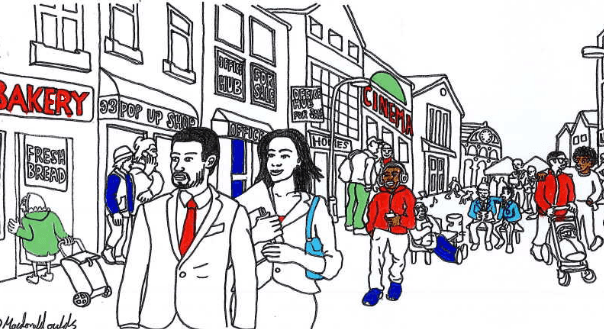Why predetermined outcomes and false certainty are stifling potential.
During my work in community regeneration I have seen a great many initiatives fail to ignite and gain traction at grass roots level, or indeed any level, beyond the confines of the offices they were designed in. However well intentioned, many boxes ticked, or sophisticated the ‘solution’, huge investment has been wasted through failure to engage, inspire and properly equip the end users and key stakeholders.
There is a veritable elephants graveyard of discarded initiatives, sophisticated devices, websites and apps that have failed to find traction. Technological advances mean that there are plenty of new ideas and concepts being developed, but there is much less focus on how to properly engage and introduce change. What is the point of well-framed unused solutions?
It is not enough to perceive a problem and identify a ‘solution’, if we fail to engage and galvanise the end user.
We must guard against the risk of *“the technical expert’s disposition to deploy his techniques whatever the consequences”.. Just because we can, doesn’t always mean to say we should.
So often our need for certainty has hijacked our ability to properly appraise what success looks like, in favour of spreadsheet glory. We may have ticked the boxes, but when the circus leaves town, what is left of the investment of our time and energy?
I have sat round too many tables where predetermined outcomes have set the course for the project and all focus has been on delivering the ‘endgame’. Whilst this creates a cohesive and clear focus on the surface, it also runs the risk of diverting attention from emerging opportunities, insights and learning that would be the foundation needed for creating a sustainable, grass roots solutions.
There are a growing number of examples where failure to address the reality of a situation, cast against a need to fulfil the predetermined outcomes, has cost dearly; from the shame of wasted funding in communities, through to the horror of mishandled Mid Staffordshire NHS and the disgrace of Enron and our banking fraternity.
There are of course some things in life where spreadsheets and templates are useful vehicles for monitoring, assessing and determining progress, but few of these include people and behavioural change. We need to look beyond the construct and understand the relational dynamics that exist within our communities, what is really going on, what’s really possible and have faith in people’s potential.
Certainty is not our ally. It is the wizards veil that hides the opportunity to learn and gain insights that together can build foundations for viable sustainable community solutions.
Lets focus on having clear, articulated intentions, that can mobilize and connect, with actions and support to capture and capitalize on what then unfolds.
